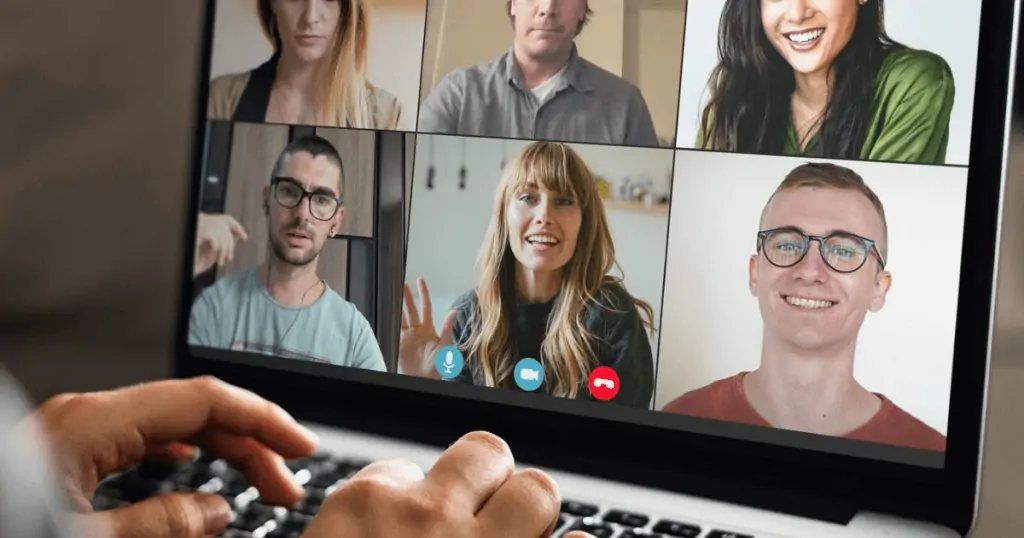One of the biggest problems with virtual meetings is that they can be impersonal and disengaging. When people can’t see each other’s faces, it can be difficult to feel connected to the group. However, many people are uncomfortable with being on camera, and they may be hesitant to turn their cameras on in a group setting. It’s understandable; not everyone is camera-ready all the time, and they’d rather hide in the digital shadows. So, what can you do?
If you’ve been struggling to get those camera-shy participants to flip on their video in virtual meetings, try this: Create breakout rooms with just 2-3 participants each and give them a task. This will make it much more likely that people will be eager to turn on their cameras.

Breakout Rooms to Create Participation
Instead of asking participants to individually switch on their cameras, employ the breakout rooms with just 2-3 participants each and assign them a collaborative task. In the virtual realm, where individuals may feel awkward or hesitant to stand out by activating their cameras, this strategy transforms the dynamics of engagement. This way individuals can’t easily hide behind the anonymity of a larger crowd, because the key here is that, in a smaller group, you can’t hide in numbers.
Assigning a task to each breakout room creates a shared objective, making it almost instinctive for participants to turn on their cameras. The subtle shift in dynamics fosters a sense of camaraderie within the smaller groups, breaking down the barriers that often hinder virtual engagement. So the participants are more likely to feel comfortable and engaged when they share a common task and can see their peers actively participating. In this scenario, the act of switching on the camera becomes a collaborative norm rather than a spotlight on a single individual.

While it may not guarantee a 100% camera activation rate, this approach has proven remarkably effective in my experience, with around 80% of attendees willingly turning on their cameras. By leveraging the inherent social dynamics within smaller groups, this strategy encourages a higher level of participation and creates a more interactive and visually connected virtual environment.
So, next time you’re gearing up for a virtual meeting and you genuinely want to see those friendly faces, don’t just ask people to turn on their cameras; give them an unspoken invitation. Create breakout rooms, and watch as more people are willing to turn their cameras on.
Are you interested in other meeting hacks? Check out this blog!











